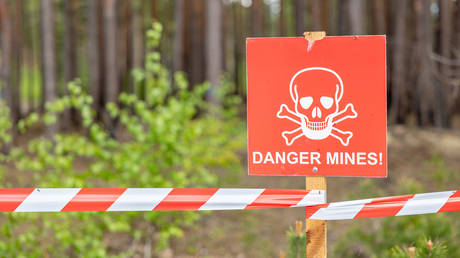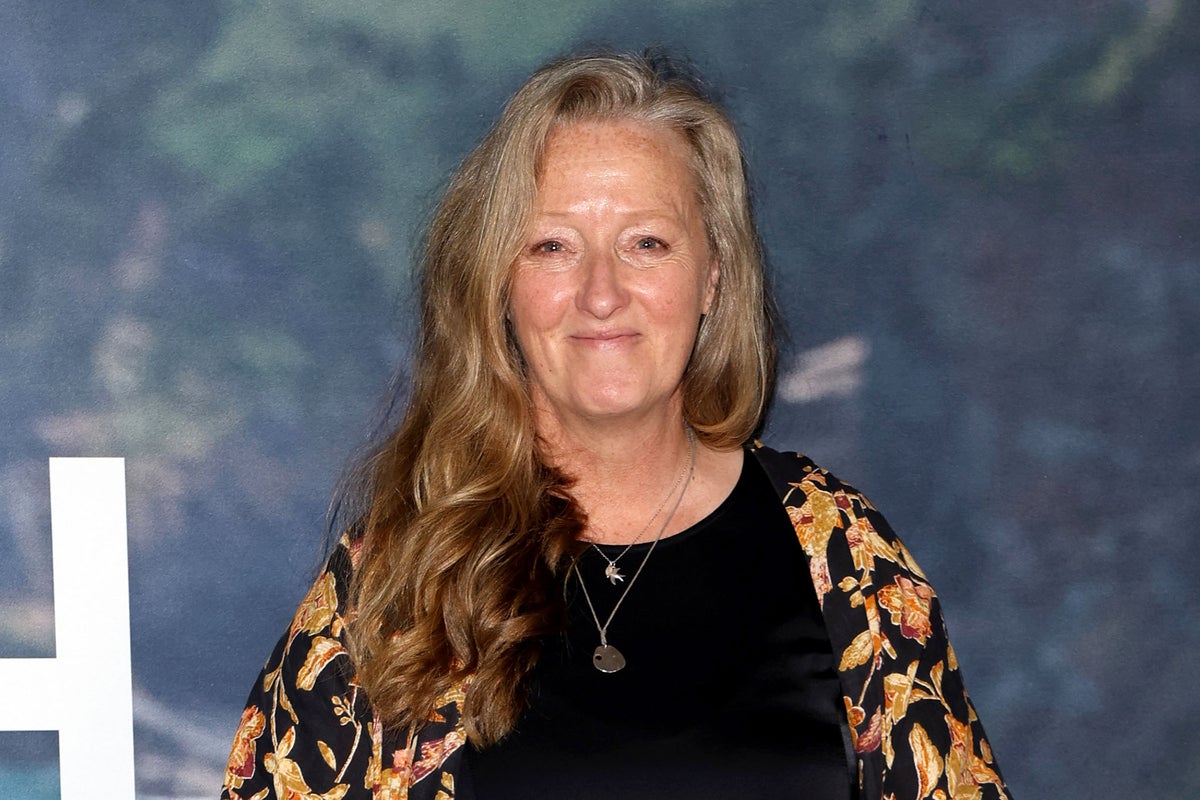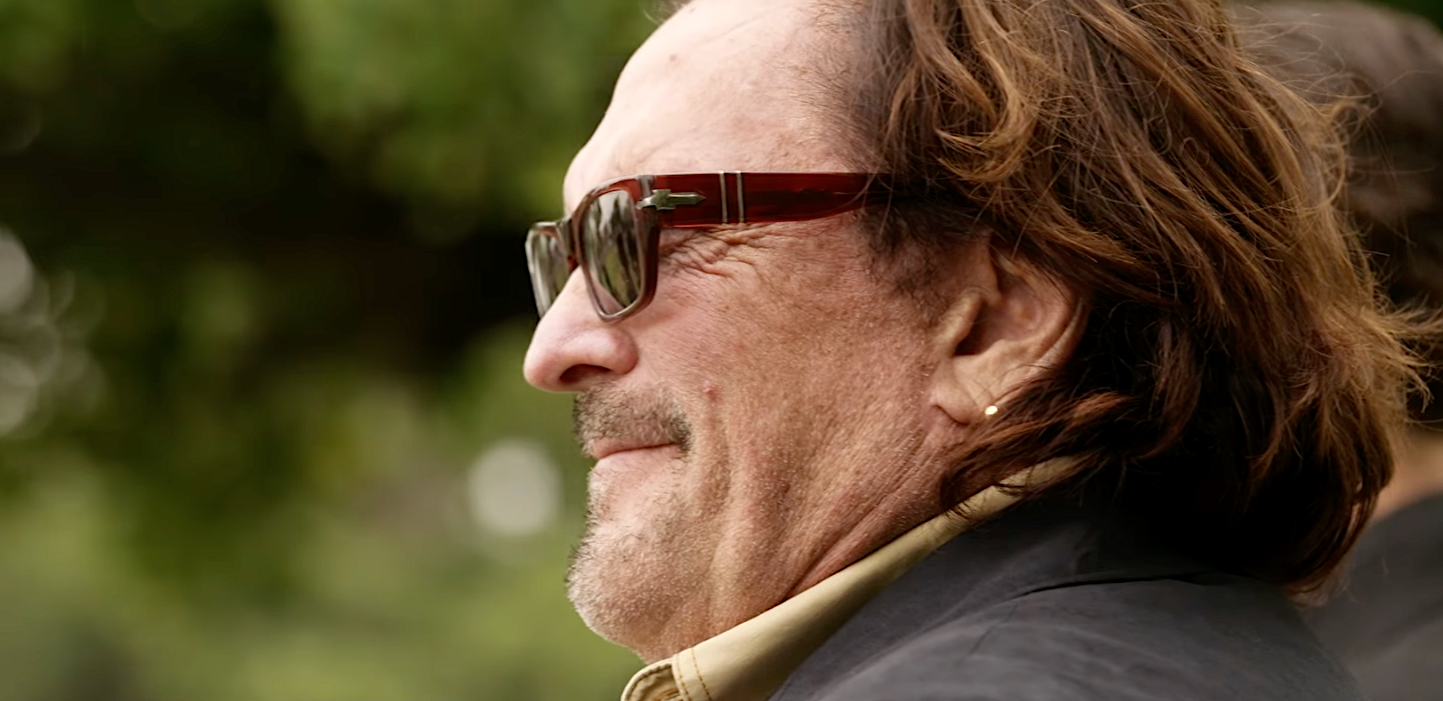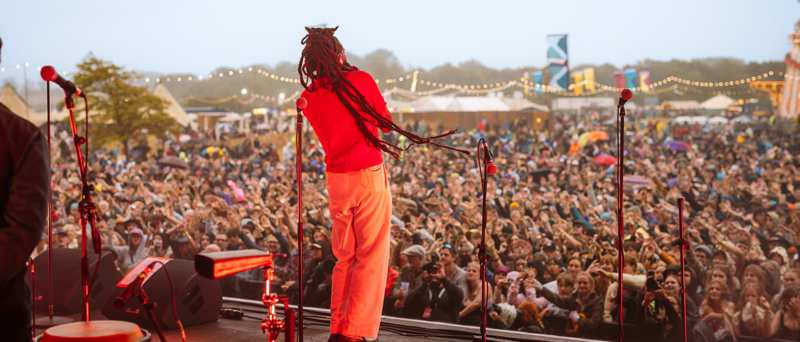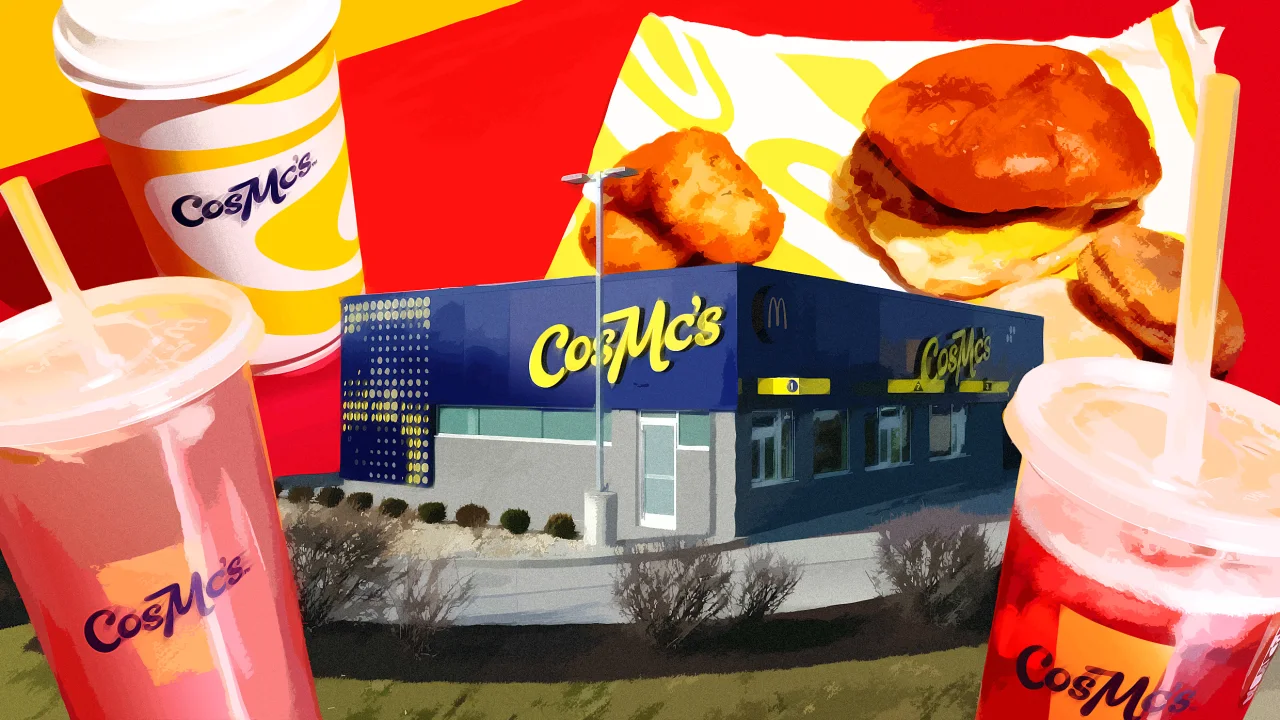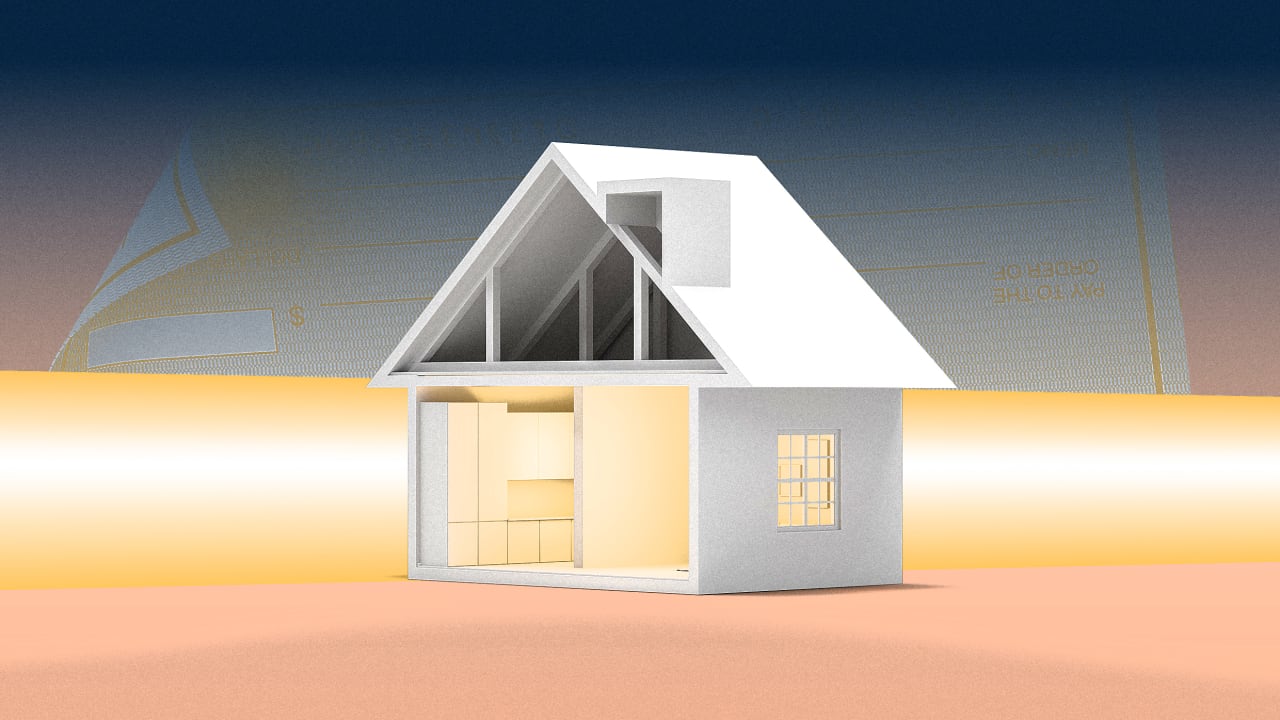This stunning new bike and pedestrian crossing hangs off the side of an old railroad bridge
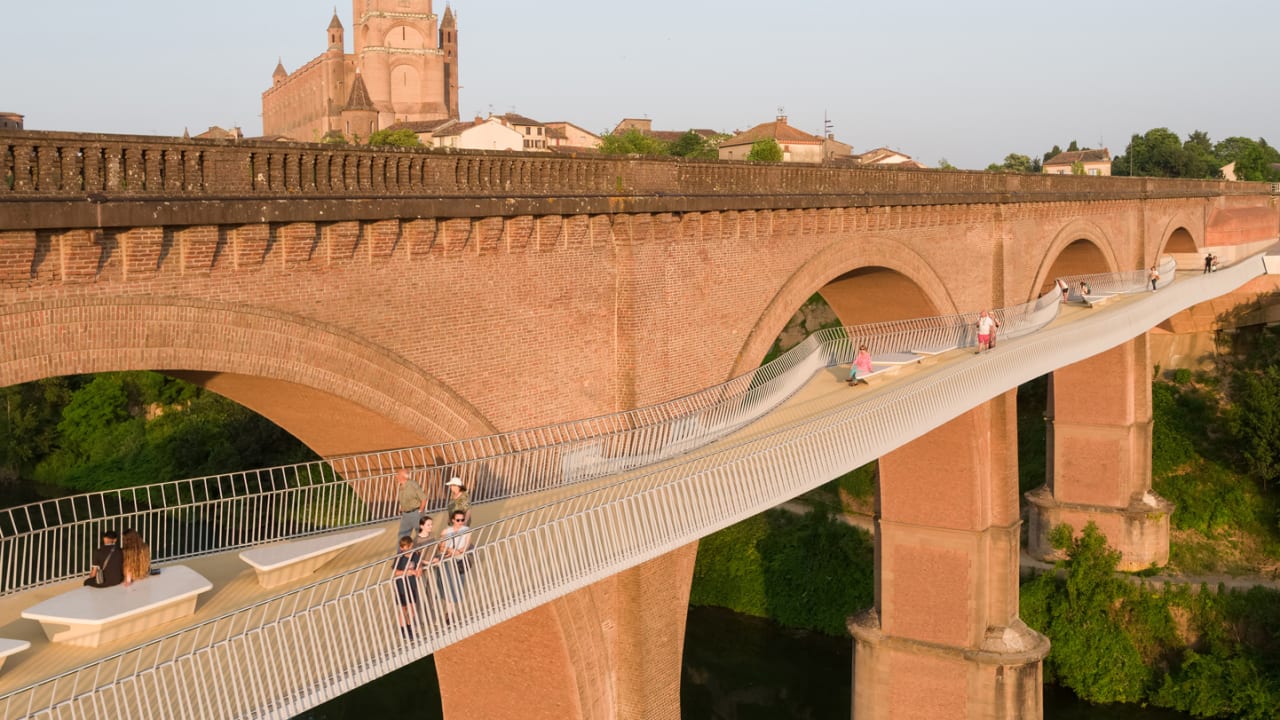
When the small French city of Albi needed a new bridge for cyclists and pedestrians, it didn’t start from scratch. Instead, it asked architects to repurpose an old railway bridge.
The viaduct, which spans nearly 600 feet across the Tarn River, is still in use by trains, so it wasn’t possible to add a path on top. Instead, the new footbridge, which just opened, is attached to the side of the 19th-century structure.
It creates a direct link to walk or bike from the car-free city center to a large park and growing development on the other side of the Tarn. In the past, the only options for crossing were narrow, car-filled bridges farther down the river.
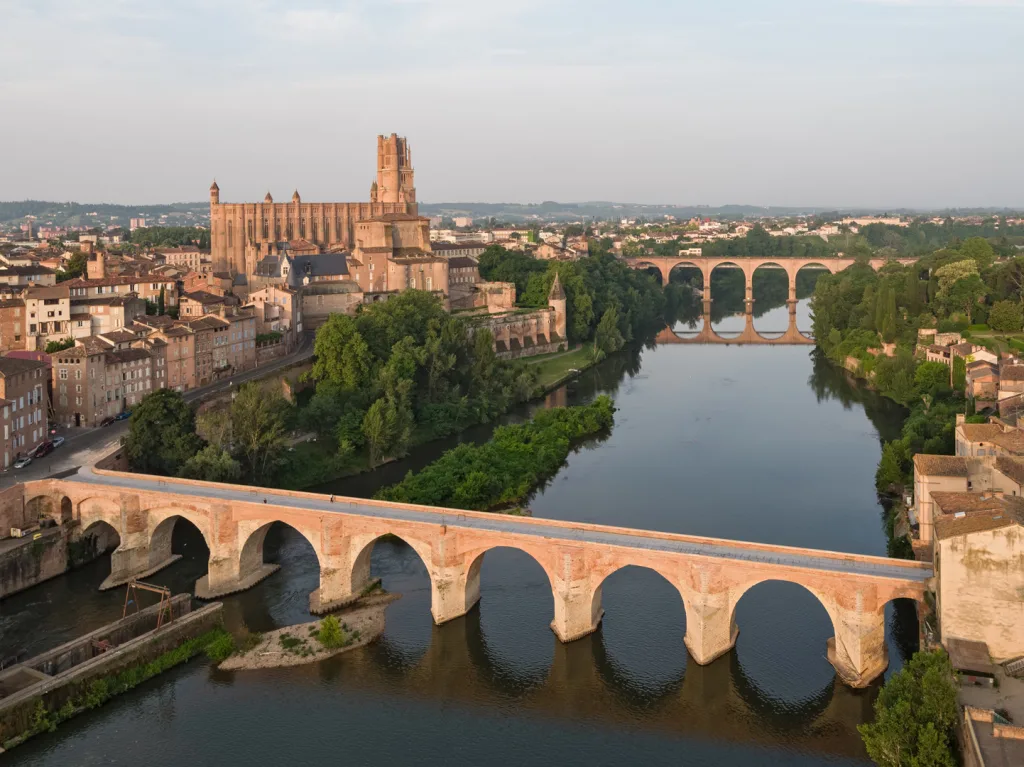
On the old bridges, “there’s a lot of traffic, and not much space for the pedestrians and bicycles,” says Matthieu Mallié of Ney Partners, the Brussels-based firm that designed the new bridge. “The bicycles are in the vehicle lanes, so it’s uncomfortable for them to take this road.” With the new passageway, “you’re in a dedicated area, and there are no cars,” he says. “There’s no pressure from motorized traffic.”
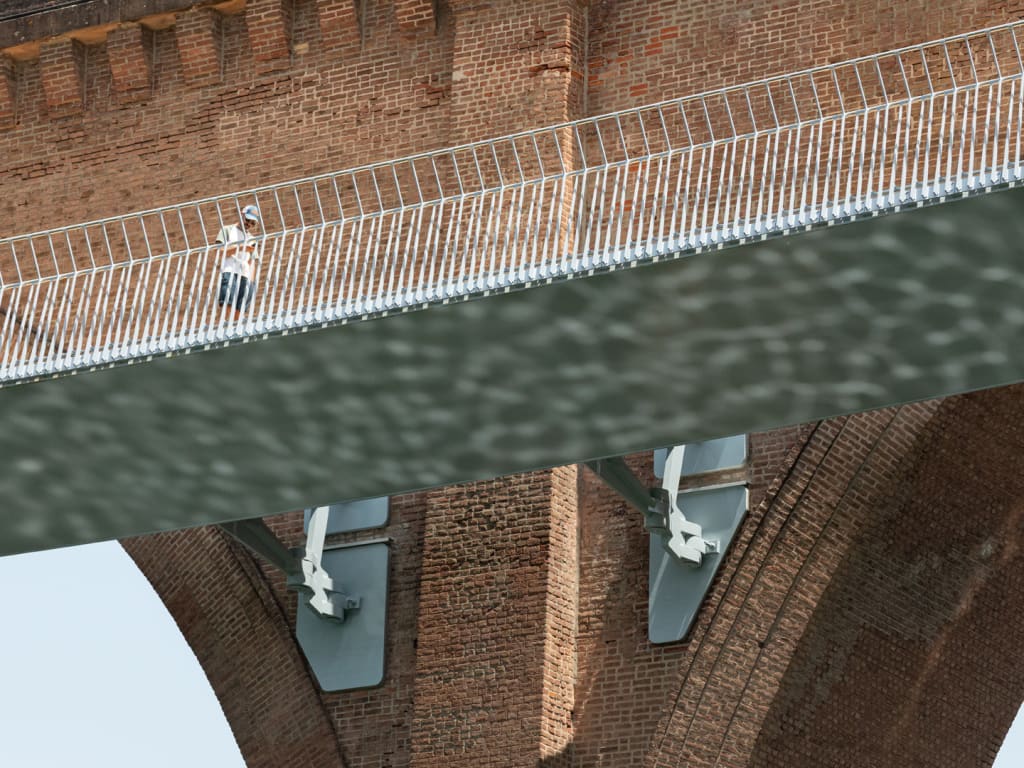
The bridge is one part of the local government’s broader climate plan, which includes goals to cut car traffic and boost cycling. And it illustrates how going beyond a simple utilitarian design can increase the likelihood that people will actually prefer to walk or bike.
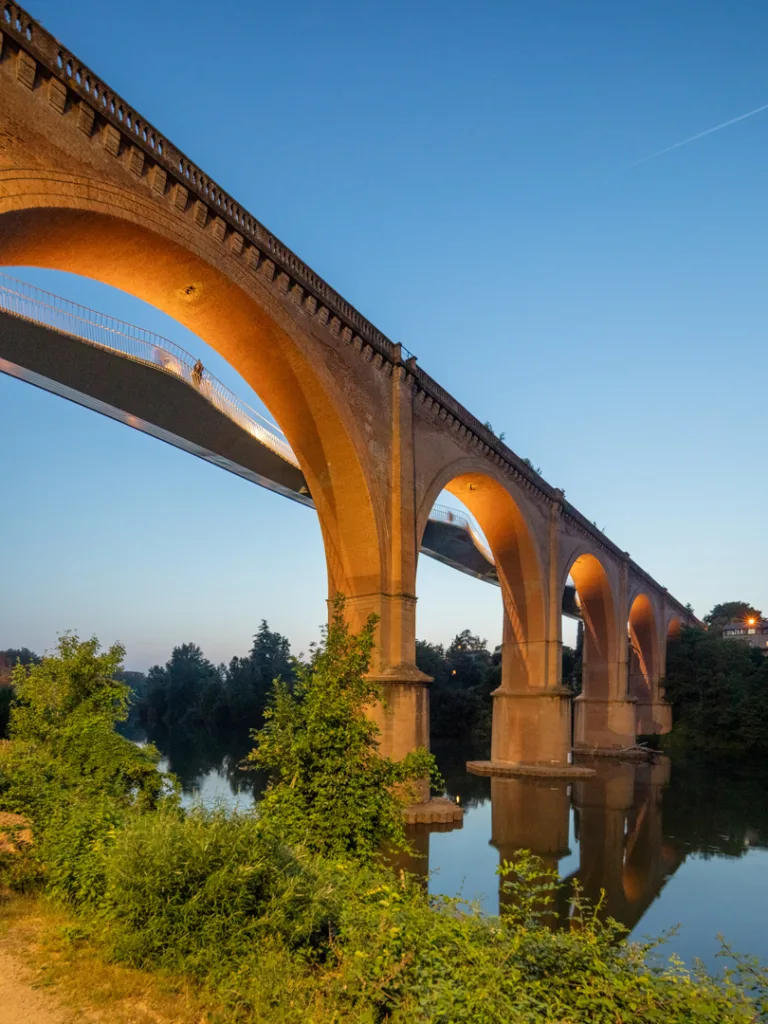
On the new bridge, it’s possible to see the historic viaduct up close, something that wasn’t accessible before. And the path includes extra space under each arch of the viaduct for people to linger and look at the city. “It’s like you’re looking at the frame of a painting,” Mallié says. “The existing viaduct frames the landscape. It helps you understand the city from an unusual point of view.”
Adding on to the old bridge also made it cheaper to build, at a cost of around 5.5 million euros (roughly $6.4 million). “From a structural and economical point of view,” Mallié says, “it makes sense to reuse an existing structure.”
What's Your Reaction?
 Like
0
Like
0
 Dislike
0
Dislike
0
 Love
0
Love
0
 Funny
0
Funny
0
 Angry
0
Angry
0
 Sad
0
Sad
0
 Wow
0
Wow
0





